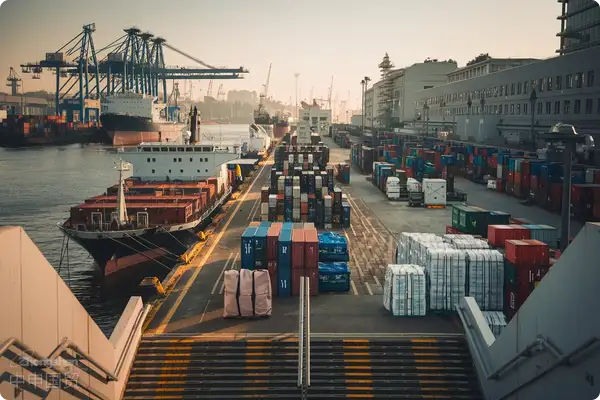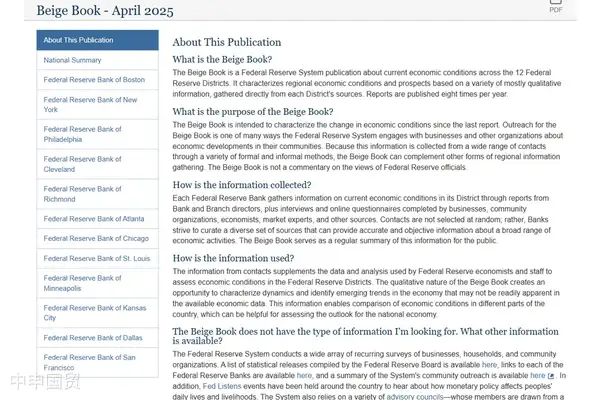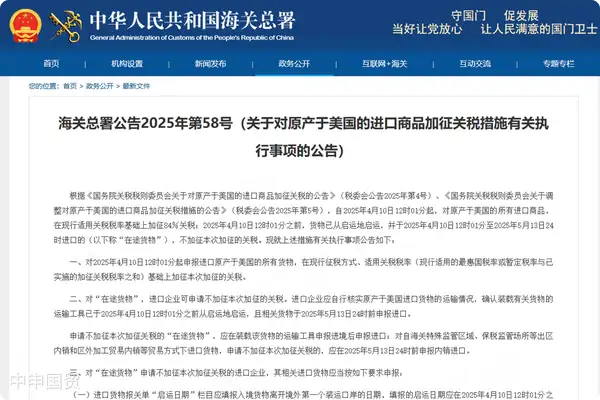- Shanghai Zhongshen International Trade Co., Ltd. - Two decades of trade agency expertise.
- Service Hotline: 139 1787 2118

Three key changes behind the policy adjustment
New regulations for imported equipment agency in 2025 presentHierarchical supervision, transparent processes, and clear identification of responsible partiesFeatures. According to the latest announcement of the General Administration of Customs, the following adjustments directly affect import business:
- 217 sub - entries for mechanical and electrical equipment are newly added to the HS code classification.
- Used equipment: Must provide depreciation assessment reportequipment. For example, Indonesia has the SNI certification, Thailand has the TISI certification, and the Philippines has the BPS certification. It is necessary to confirm in advance the equipment voltage (such as 380V/50Hz in Thailand), the compatibility of the CE certification, and the proof of environmentally friendly materials.Special material certificates (such as test reports that meet ASTM standards)Original factory technical safety certification report
- 3CThe certification catalog adds the category of industrial - grade laser cutting equipment
Hard indicators for enterprise qualification review
To legally carry out equipment import business, it is necessary to meetDual - qualification certification system:
- Basic Qualifications:
- Customs AEO - certified enterprises have priority in customs clearance
- Registration certificate for the import record of mechanical and electrical products
- Special qualifications:
- Medical equipment requires CFDA import permission
- Semiconductor equipment must obtain a technical review certificate from the Ministry of Commerce
Six - step breakdown of the customs clearance process
Based on the customs - clearance integration reform in 2025, the equipment - import process is optimized as follows:
- Pre-declaration stage: Submit technical parameter filings 30 days in advance.
- Document Review: Key verificationIt is recommended to verify through the following methods:Clarify the corresponding relationship with the equipment serial number
- On-site inspection: Introduce an AI intelligent identification system to detect equipment integrity
- Tax payment: Apply the temporary import tax rate for mechanical and electrical products in 2025 (5% - 12%).
- Release supervision: Establish an electronic file for equipment use tracking
- Subsequent verification and write - off: When disposing of imported equipment, it is necessary to declare the change of status to the customs
Three precautions for tax handling
- Tariff reduction and exemption policy:
- Import of major technical equipment can be applied forTariff - free + VAT is levied first and then refunded
- Import of scientific research equipment enjoys the preferential policy of immediate VAT refund upon collection
- Determination of dutiable value:
- Royalties need to be included in the dutiable value
- The equipment commissioning fee can be listed separately and applied for deduction.
Typical problem - handling solutions
In an import case of a certain precision instrument, the agent, throughThree - step response strategyDefuse risks:
- Technical parameter disputes: Submit the calibration certificate of an international testing agency.
- Classification objections: Apply for a pre - ruling on customs classification.
- Logistics delays: Activate the bonded warehouse temporary storage plan.
The import equipment agency involves18 government departmentscoordinated supervision. In 2025, the policy will place greater emphasis on full - process traceability management. It is recommended that enterprises establishTechnical document database, retaining the full - cycle records of the equipment from procurement to scrapping to cope with possible subsequent customs inspections.
Related Recommendations
? 2025. All Rights Reserved. Shanghai ICP No. 2023007705-2  PSB Record: Shanghai No.31011502009912
PSB Record: Shanghai No.31011502009912










